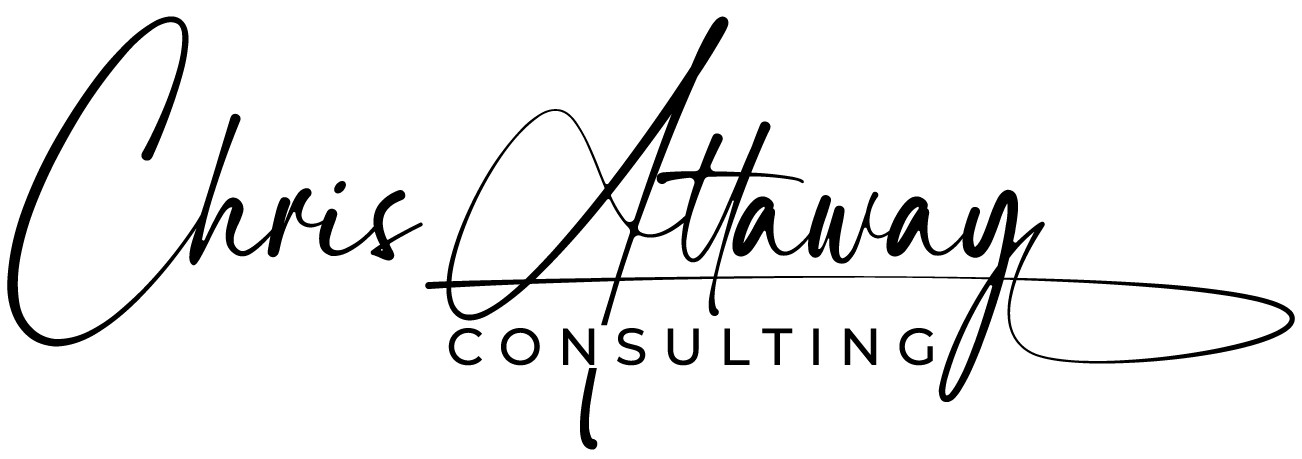Small businesses across the United States are grappling with rapidly increasing health insurance premiums, a trend that is straining operations, reducing profitability, and forcing tough decisions about employee benefits and long-term growth756. In 2024, the average annual premium for single coverage rose by 6% to $8,951, while family coverage reached $25,572-a surge driven by escalating medical costs, expensive prescription drugs, and greater demand for healthcare services73.
FireflySci: A Case Study in Rising Premiums
FireflySci, a manufacturer of cuvettes and calibration standards, exemplifies this nationwide challenge. The company reported annual health insurance cost increases exceeding $10,000 from its provider, United Healthcare Oxford. According to spokesperson Sim Woitovich, these rising premiums are making it increasingly difficult to maintain competitive employee benefits. The financial pressure is so intense that FireflySci faces difficult choices between investing in business growth or preserving current benefit levels for its workforce7.
Other Small Businesses Feeling the Squeeze
FireflySci’s experience is far from unique. According to a recent Wall Street Journal survey, 42% of small business owners saw their health insurance costs jump by 10% or more this year, and nearly 1 in 10 reported increases of 25% or higher5. For example, a small retail business in Maine experienced a 12% spike in premiums in 2024, forcing the owner to raise prices and cut back on hiring plans just to absorb the additional expenses3. Similarly, a family-owned restaurant in Connecticut faced a double-digit premium hike, which led to reducing employer contributions to employee plans and reconsidering expansion plans for the year2.
Why Are Small Business Health Insurance Costs Rising?
Several factors contribute to the mounting costs:
-
Limited Bargaining Power: Small firms lack the negotiating leverage of larger corporations, resulting in fewer affordable plan options and higher premiums6.
-
Escalating Medical and Prescription Costs: Advances in medical technology and rising drug prices are passed onto insurers, who in turn raise premiums for businesses3.
-
Shrinking Small-Group Market: The number of insurers and participants in the small-group market has declined sharply, further reducing competition and driving up costs2.
-
Economic Pressures: Inflation and a tight labor market make it even harder for small businesses to compete for talent while absorbing rising insurance expenses2.
The Broader Impact on Small Businesses and the Economy
Health insurance now accounts for nearly 12% of payroll expenses for firms with less than $600,000 in annual revenue, compared to just 7% for larger businesses6. Nearly half of small employers report absorbing increased costs through lower profits, while 46% have raised prices to offset higher insurance premiums2. This growing financial burden threatens not only the stability of small businesses but also innovation, job creation, and overall economic dynamism.
Looking Ahead
With projections indicating an 8% increase in group market medical costs and a 7.5% rise for the individual market in the coming year, small businesses will need to explore new strategies-such as seeking alternative insurance products, advocating for policy changes, or leveraging tax credits-to manage rising health insurance expenses and remain competitive.
The Way Out
There is a better way! There is hope. Here at Chris Attaway Consulting we have a unique strategy that will immediately cut costs and greatly improve benefits; at no cost to you or your employees. We’ve done it over 1000 times! In fact, many of our clients have not seen health insurance premium increases in years. There is no need to change your current provider or those trusted relationships! But if you are open to even more savings we do have options.
chrisattaway.com

